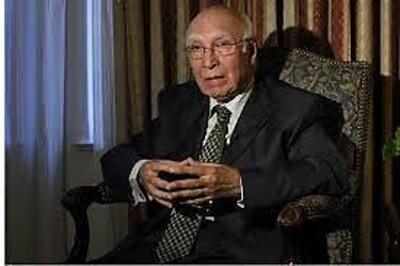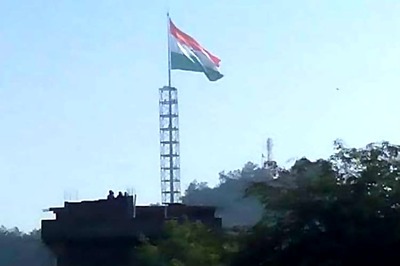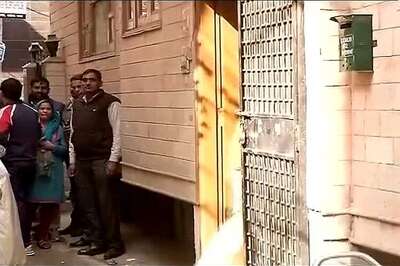
views
Hong Kong: The world's longest sea bridge was officially inaugurated on Tuesday by China's President Xi Jinping with supporters hailing it as an engineering triumph and detractors calling it a controversial white elephant.
Here are some facts about the remarkable new multi-billion dollar structure that connects the two semi-autonomous cities of Hong Kong and Macau to the sprawling Pearl River delta economic zone via the Chinese mainland city of Zhuhai.
A behemoth build
In terms of sheer size, it is a record breaker -- the longest ocean bridge and tunnel system in the world. The total length runs a whopping 55 kilometres (34 miles), far further than any other rival bridge and tunnel combination.
Chinese state media said 420,000 tonnes of steel were used in its construction -- enough for 60 Eiffel Towers -- alongside 1.08 million cubic metres of concrete.
It is built to last at least 120 years and can withstand typhoon winds of up to 340 kilometres an hour.
Above and below the water
The bridge's unusual undulating structure is designed to keep open vital navigation channels in the Pearl River Delta, which boasts some of the world's busiest ports.
On its western flank the bridge leaves Zhuhai and connects with Macau before heading for 29.6 kilometres across the delta.
Three cable stayed bridges raise the road high enough for large ships to pass underneath.
But then the road plunges below the sea, entering a 6.7 kilometre long tunnel -- which the biggest container vessels can navigate over -- before rising back above the waves and continuing onto Hong Kong.
Until now residents of Zhuhai, Macau and Hong Kong have used ferries to zip between the three cities -- something detractors said illustrated why the costly bridge was unnecessary.
But engineers say the structure will significantly cut down travel time, from four hours between Hong Kong and Zhuhai to just 45 minutes.
You shall not pass
This is not a bridge anyone can just drive on -- only the wealthy or politically connected will be able to take their private cars across.
For Hong Kong-mainland dual-plate private cars 10,000 licences will be granted, while the quota for Macau is much lower at just 300.
Those eligible to apply have to meet various strict criteria such as being members of certain Chinese government organs, have paid recent taxes on the mainland or donated five million yuan ($720,000) to charities in southern China.
Those without a licence will have to take public transport to the bridge and then change to cross on private shuttle buses, something critics say might add to the journey times.
Dolphins, dead workers, dodgy tests
The bridge has been far from controversy free. Since construction began in 2009, the project was beset by construction delays, legal challenges and budget overruns.
Since 2011 nine deaths have been recorded, according to the labour department, while three lab technicians were jailed for rigging tests on concrete used in the bridge.
But Hong Kong media say more have died, including at least nine workers from the mainland, and estimate total fatalities are at least 18.
Environmentalists also warned the bridge would have a devastating impact on a remarkable and already critically endangered species of pink dolphin in the Pearl River estuary.
Authorities said they took steps to avoid disturbing areas where the dolphins were most active.
Chinese authorities have released no overall cost figure for the bridge while the Hong Kong side of the bill has mushroomed in recent years, sparking significant discontent among local tax payers.
Big brother is watching
China has been at the forefront of using CCTV and other technology to monitor its citizens and the bridge will be no different.
Hong Kong media reported that special cameras will monitor bus drivers and alert authorities if they yawn too many times as they drive across. Their blood pressure will also be monitored.
Drivers will also need to switch the side of the road they drive on. The bridge is considered Chinese territory, where people drive on the right hand side of the road.
Just before they get to Hong Kong, while still on the bridge, they will have to switch to the left at specially built merger channels.




















Comments
0 comment